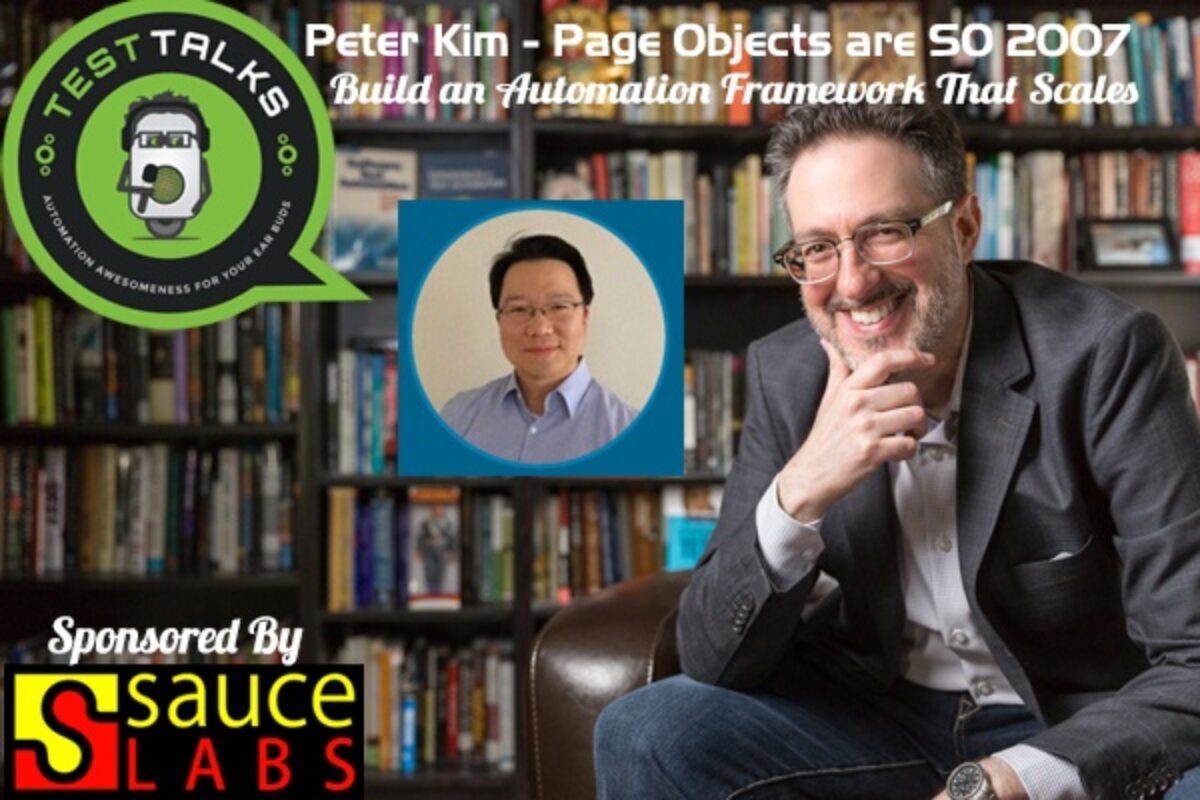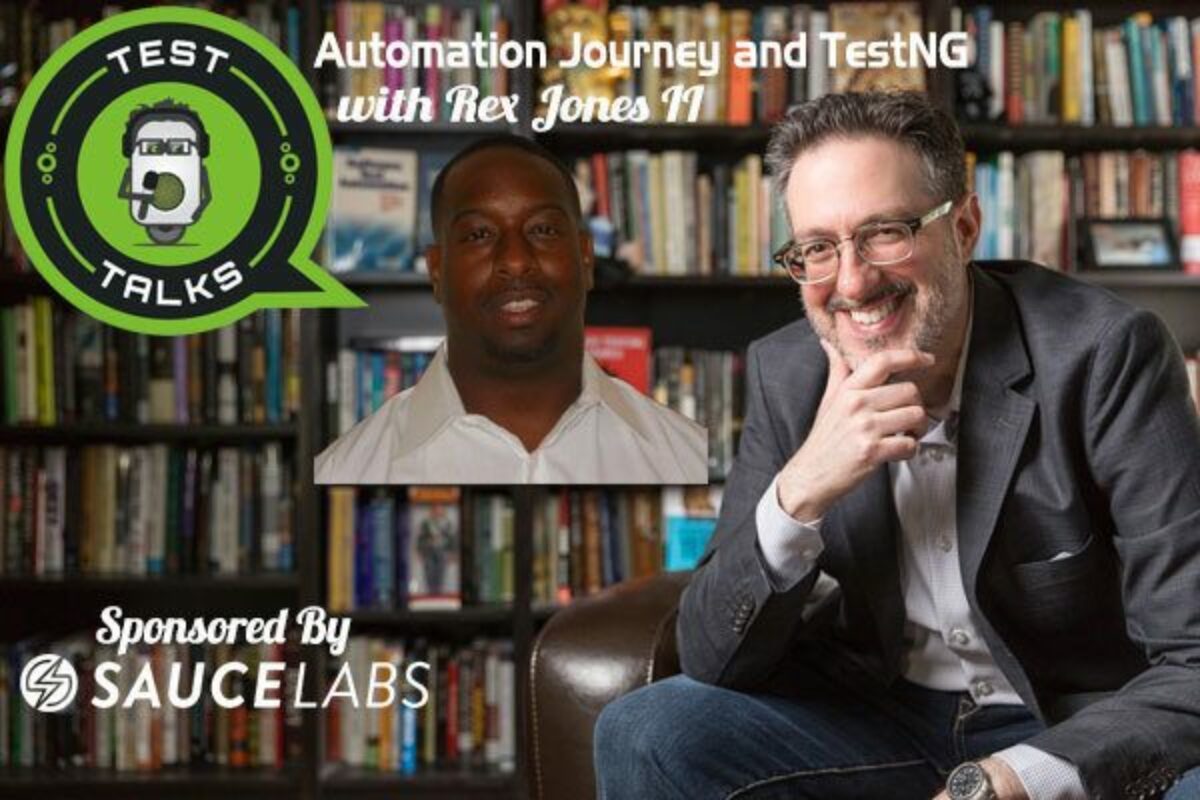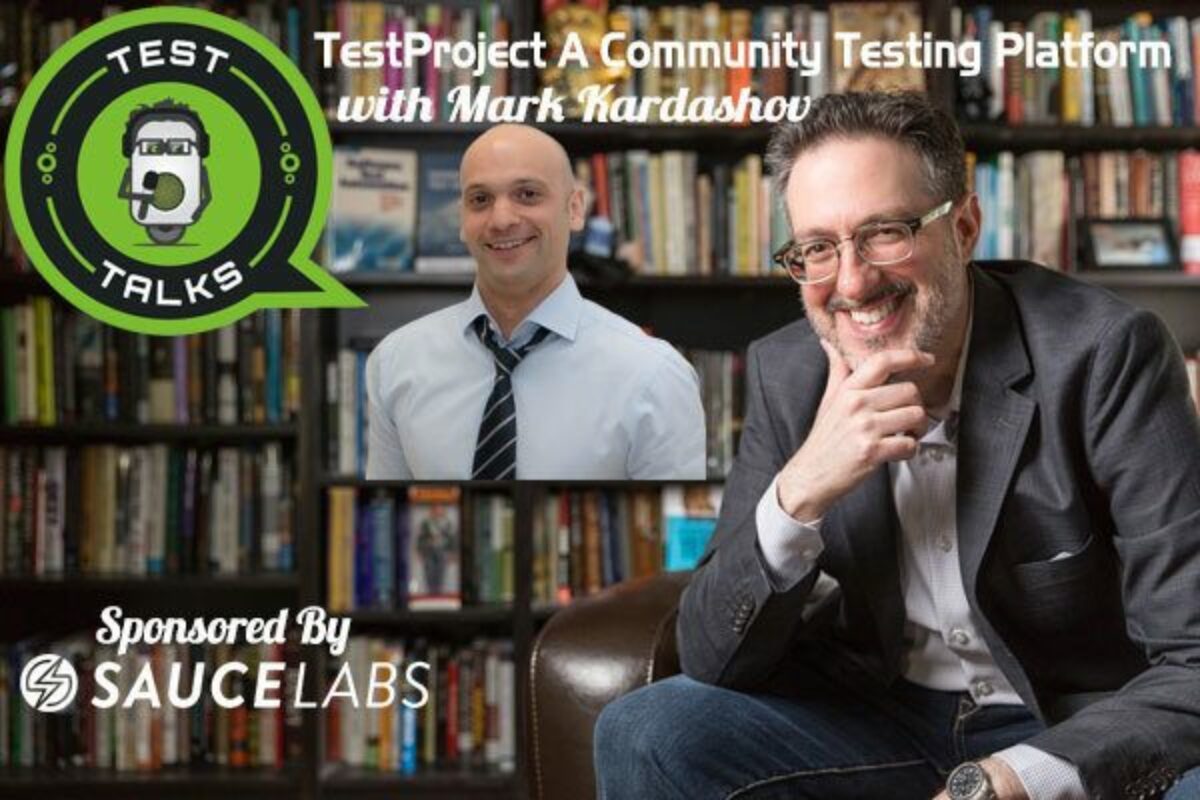Building Automation Frameworks that Scale
With more and more companies making the shift-left in their development process there is increase pressure on development teams to be able to run their automated test quickly and reliably.
Peter Kim shares with us his modern automation approach that allows his team to quickly scale their test coverage against rapidly changing applications with minimal refactoring and code changes to their test scripts.
In this episode you'll discover the secret to building automation frameworks that scale.
–> GET FULL TRANSCRIPT <–
About Peter

Peter is an experienced QA/Test Manager with a technical background in software engineering and large-scale real-time systems. He has amassed 10+ years of hands-on experience in various organizations, from start-ups and Fortune 100 companies, to starting his own successful consulting firm.
Peter enjoys writing test applications/frameworks, leveraging both COTS and open source technologies such as .NET, Java, and Ruby.
Quotes & Insights from this Test Talk
- We're using Telerik's Test Studio. We really like the user interface. It's pretty easy for our QA Engineers to do object identification so in the XML files, which is part of the application model framework that we used, we basically used to Test Runner and the element repository that Test Studio provides and plug it into our framework.
- Developers, they're good at writing code but they're not good at testing and I believe that. If you're a software developer, you should believe that too because if you don't, you just have to basically turn on the news, there's always security issues all the time.
- I still see that today where for some reason, QA testers not QA Engineers who are able to write code but QA testers, they seem to enjoy by instinct writing automated test cases that will always pass. Meaning that once you automate that test case, there's a 99% chance it's always going to pass. Then at the end of the year, you kind of want to scratch you head and say, “This isn't giving me any value”.
- I believe that flakiness manifests itself at the QA test script level.
- We're kind of trained as QA Engineers that you want to use Selenium, an open source tool, do it your own framework, create this workflow where we're always updating this page objects. Whenever the requirements change, change the page objects, write the code or the necessary functions to submit that form which it kind of means a human being writing actual code on their computer. Or use a pay for a tool that gives you 80% of the framework that most people have to write anyway in their custom framework then spend just 20% of your team where you can just fill in the blanks using a more systematic application model-based approach.
- QA Managers, not only do they need to manage their QA resources, they also need to be technically, they need to challenge themselves technically as well.
Resources
Connect with Kim
- LinkedIn:https://www.linkedin.com/in/peterkim777
- Blog:
- Company:
May I Ask You For a Favor?
Thanks again for listening to the show. If it has helped you in any way, shape or form, please share it using the social media buttons you see on the page.
Additionally, reviews for the podcast on iTunes are extremely helpful and greatly appreciated! They do matter in the rankings of the show and I read each and every one of them.

Special offer for TestTalks listeners, get 20 hours of automated testing for free when you sign-up with promo code testtalks14 (more info).





